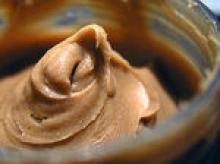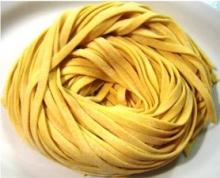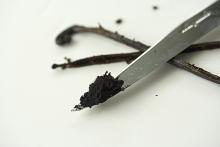Gopnik Has It Exactly Right
That gulf between the recipe's instructions and how to make a successful version of the recipe, is absolutely stunning, and never acknowledged. I come to cooking as someone with no prior skill or experience. I was raised by a single working mother who was taking night courses at the local college towards her MBA. Half the time, I microwaved a Lean Cuisine for my dinner. The other half of the time, my mother microwaved a Lean Cuisine for my dinner.
"The recipe is to spend your life cooking," Gopnik says, and if it's hyperbolic to recommend you spend your ENTIRE life cooking, I can verify that the more you cook stuff, the better you will get at it. There is a kind of transitive property to cooking, even if it's only due to finally nailing down the vagaries of your own stove.
"Cookbook as memoir" is what the publishers are doing in order to survive a world where every recipe you could possibly want is available online with just a bit of Googling. In fact it seems that the cooking industry is finally crashing headlong into the internet crisis, as has every other industry before it. I hear a lot of people blaming food blogs like this one for the death of Gourmet magazine. Is that fair? It's hard to say.
If you catch me in an uncharitable moment, I will say that it's not that people aren't willing to pay for a magazine (they're practically free if you sign up for a subscription these days). It's just that magazines don't give people what they want, but food blogs do. We want a profusion of beautiful pictures, some instruction on what and how to cook, and a dash of that most modern of writing styles, "first person confessional."
Along the way, Gopnik frames the simplicity trend as a counter-revolution to molecular gastronomy, which I talked about earlier. And goes after our contemporary passion for salt, blaming it on a desire to be more like professional chefs (who salt things far more than any reasonable home cook ever would). I personally think that salt is just the latest fad, like pesto before it, and quiche before that.
(Although as with pesto and quiche, there is some truth to the hype. I recently had a salt emergency, and had to use a bit of Morton's table salt. Which I keep around for cleaning and other household uses. Not having actually tasted "regular" salt for years, it didn't taste like salt to me - it tasted like salty chemicals. Just awful.)
I had difficulty with his framing device: a man and a woman lie in bed, reading. The man is reading a cookbook. The woman is reading a fashion magazine. Several times throughout the article he acknowledges the existence of female cooks, although these are the at-home dialect cooks; Grandma, who always made a pound cake "like cement." Considering the whopping gender disparity between cooking at home for the family (primarily done by women) and professional chefs (almost entirely men), this gender specific illustration hits a sour note.








